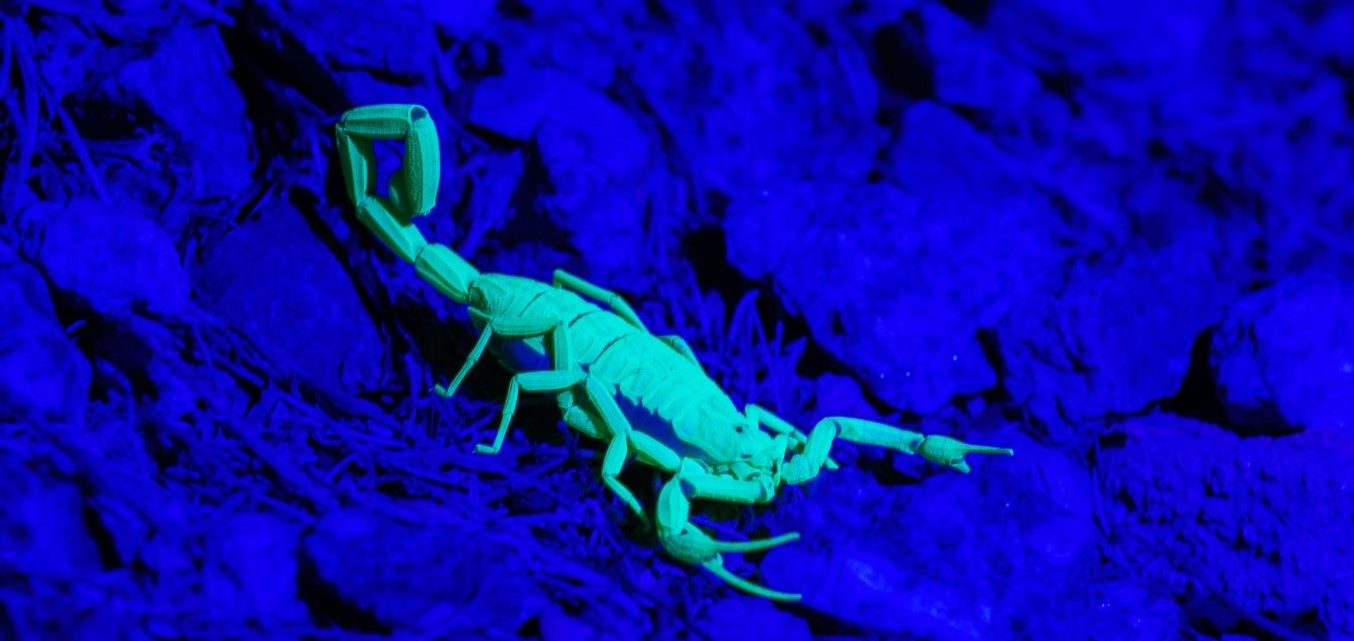The ability to “play” with light can enable many things such as increasing the efficiency of solar panels, improving biomedical imaging and transferring data faster whilst using less energy. Rare earth metal nanoparticles can help achieve this, and are not as rare as the name suggests with some being more abundant than copper. They have a predictable, distinct internal energy structure (similar to a ladder) which is unvarying in almost all environments. When light of specific energy is absorbed, the electrons are excited to a higher energy level. When they relax back to the ground state, light is emitted with energy equal to the difference between the two states.
As energy must always be conserved, the energy of emitted light must be equal to or less than the energy of light that was absorbed in these systems. The energy of light is proportional to its frequency, which goes from low to high energy across a rainbow from red to violet. This means if a material absorbs red light, it cannot emit violet light, but if it absorbs violet light it can emit red light. However, there are special types of materials that can perform so called upconversion. This is when a material re-emits light of a higher energy than was absorbed. They do not violate the laws of energy conservation when doing this, as they absorb more low energy light than they re-emit high energy light. Rare earth metal nanoparticles have been shown to do this for decades, however they usually need to be excited by a powerful laser to exhibit it as they are poor at absorbing light.
In order to address this problem in my PhD project, I will be coupling the nanoparticles with dyes, where the dye is responsible for absorbing energy from light and transferring it to the particle. If we can learn more about how the dyes transfer energy to the nanoparticles, then we can design and engineer new dyes precisely for this. Once we have the optimised the coupled system, we can produce upconverting particles that should be more efficient than ever before and apply them to systems such as solar cells and biomedical imaging.
NanoDTC PhD Student, c2020

